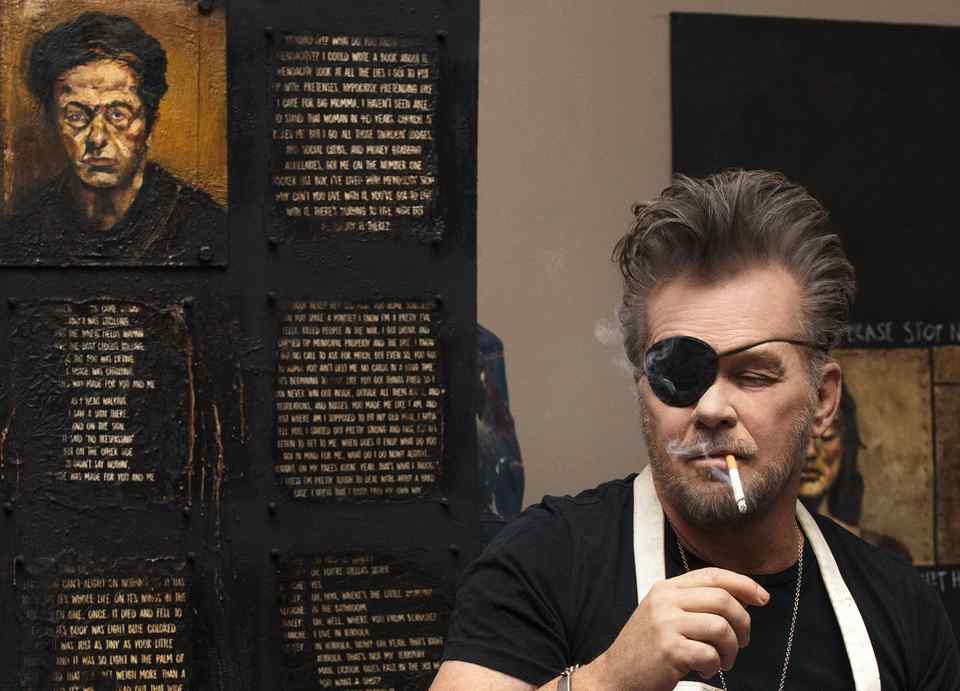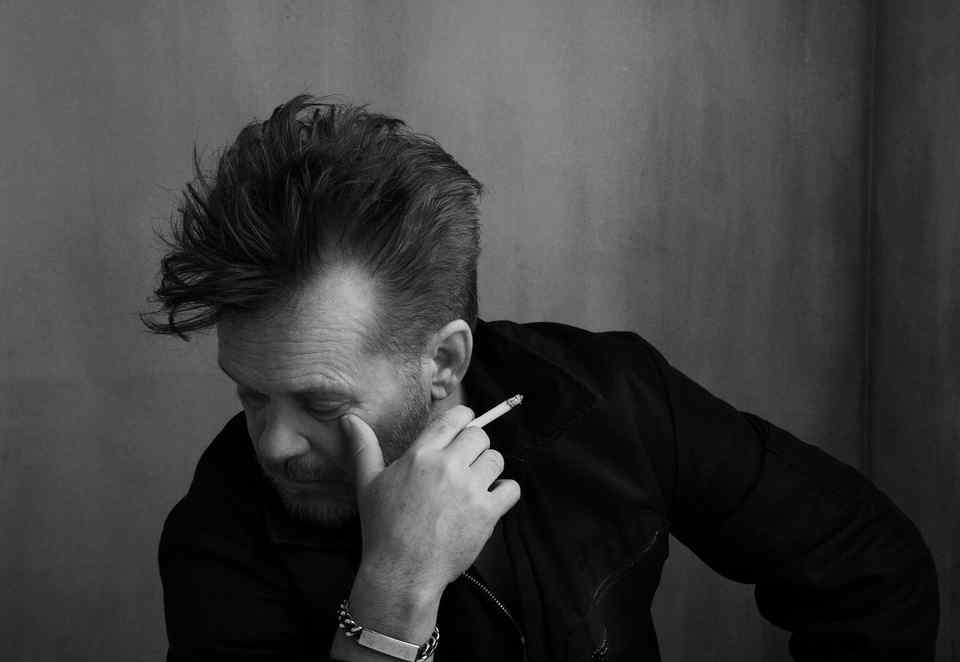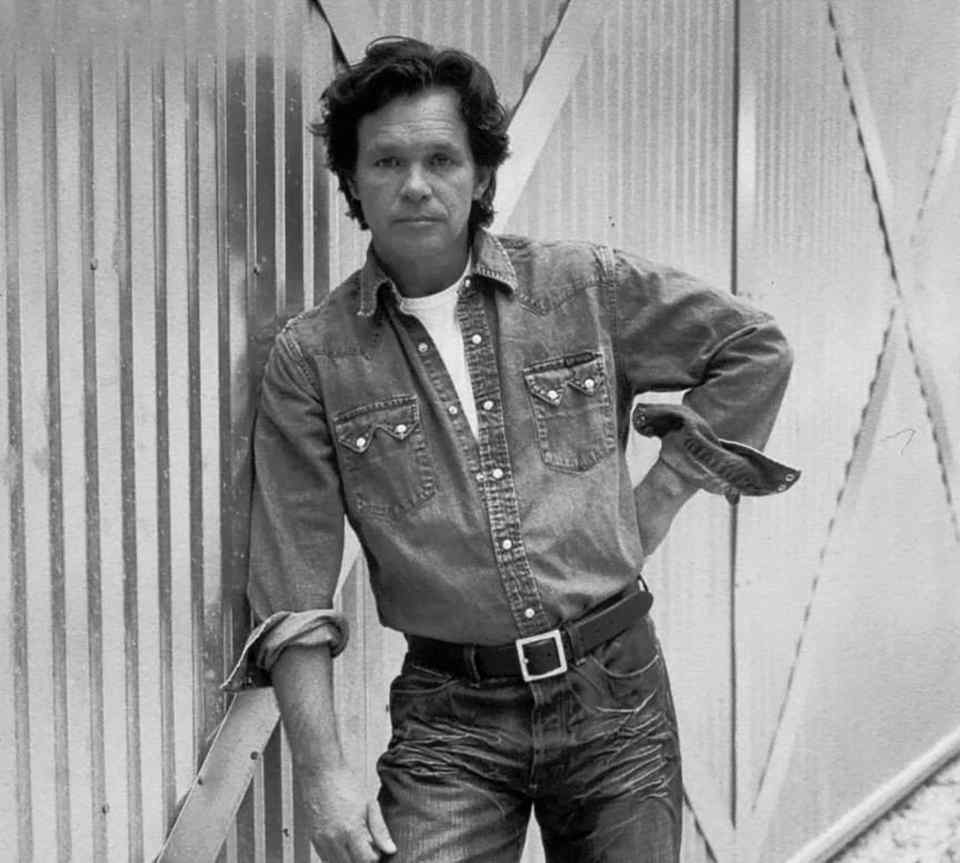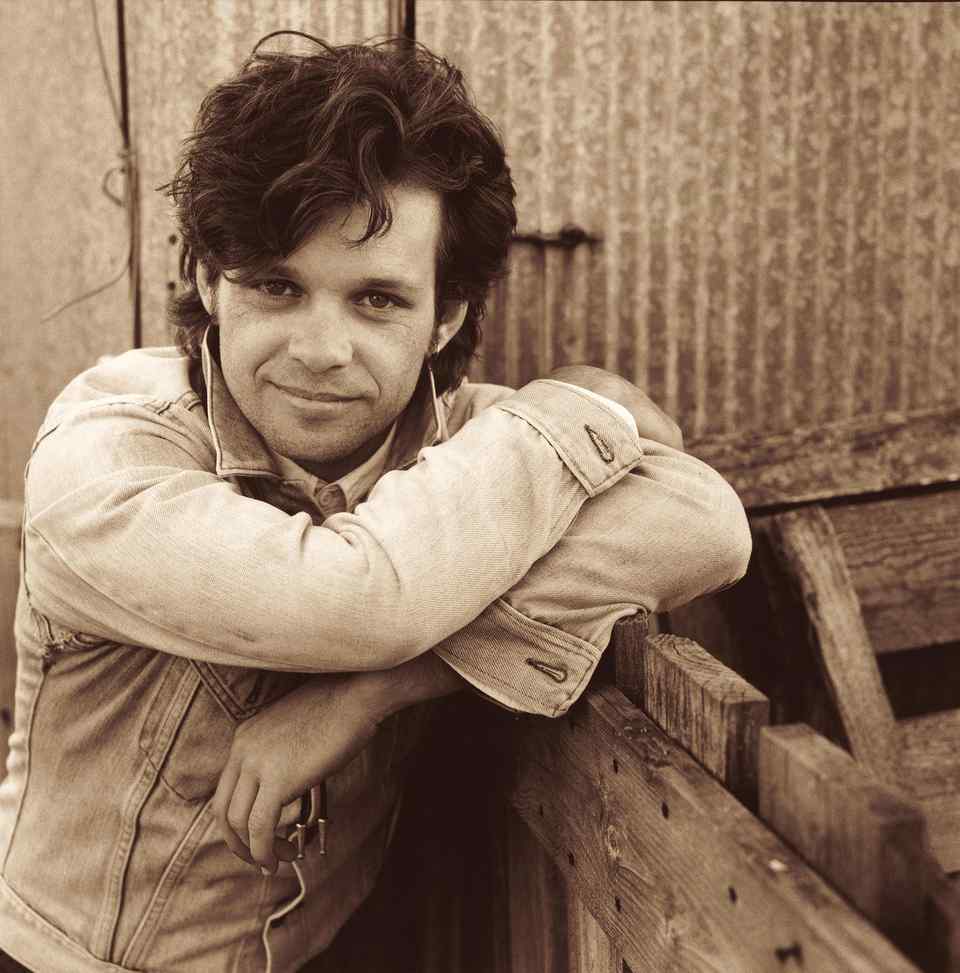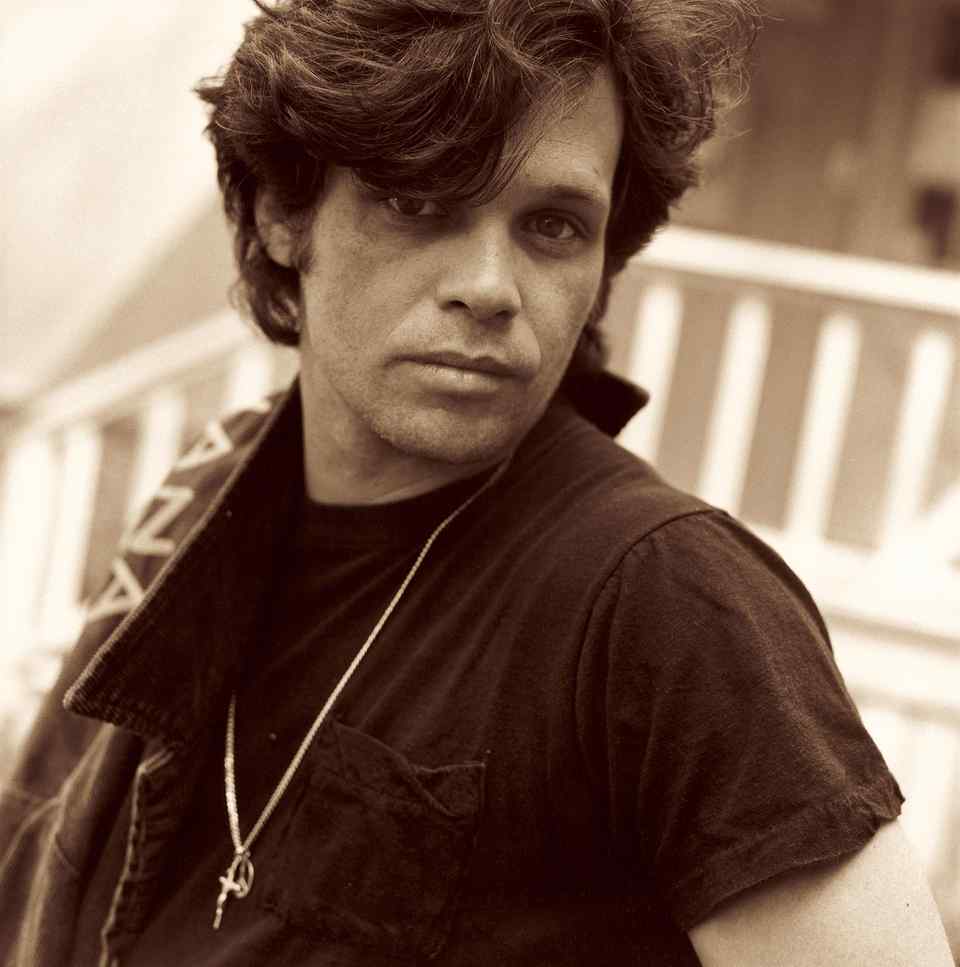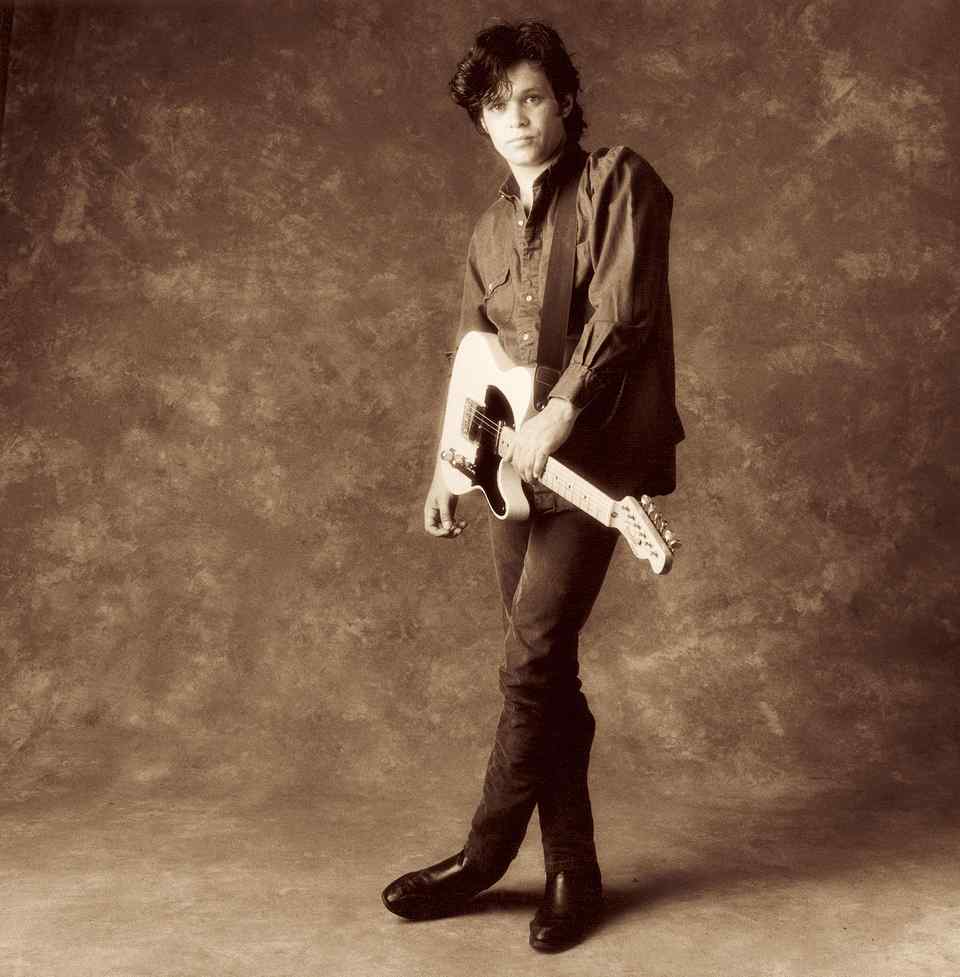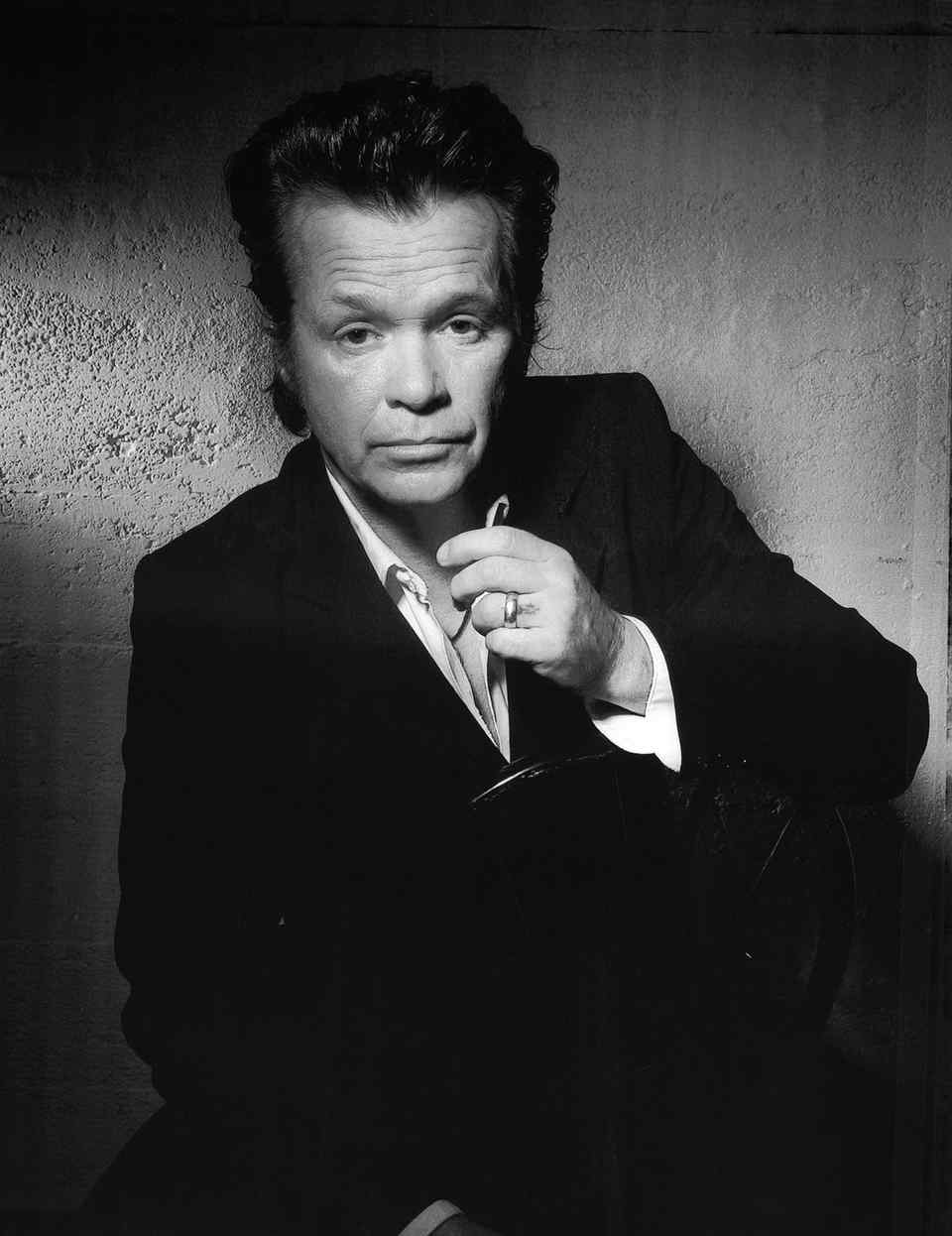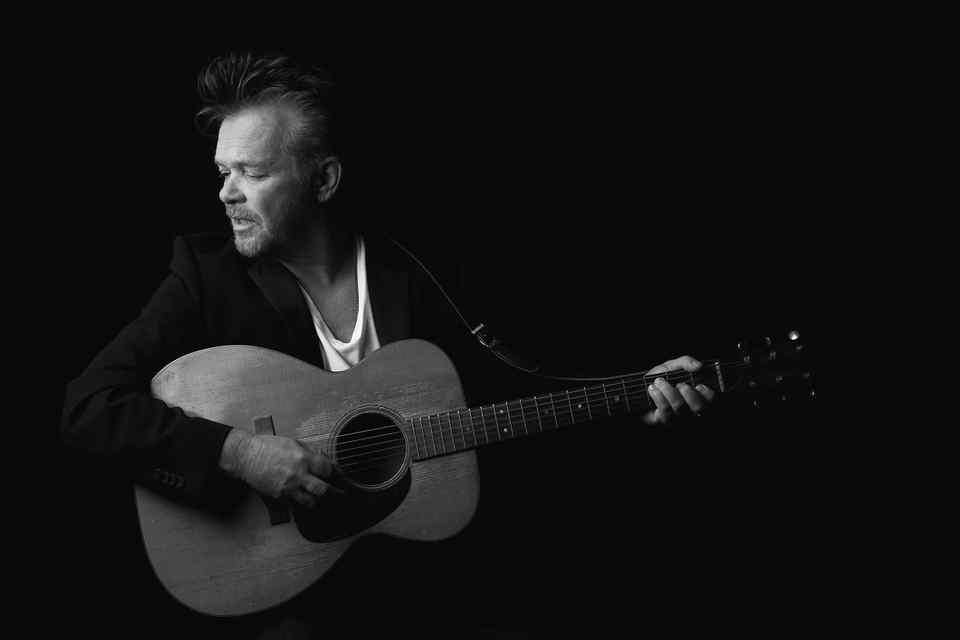Nashville Scene: Rocker John Mellencamp's Paintings Capture The Same People And Places As His Songs
Every Picture Tells a Story
by Joe Nolan - Nashville Scene
Nothing Like I Planned: The Art of John Mellencamp
Through June 10 at the Tennessee State Museum
What do Joni Mitchell, Tony Bennett, Paul McCartney, John Lennon and John Mellencamp have in common?
OK, besides music?
They're all painters. Many performing and recording artists take up visual art, but typically, the popularity of the resulting work is usually a reflection of the fame of its creator. Lennon's doodles are delightful, but they've become iconic because, well, he's John Lennon. For most of these performers, art seems to offer a hobbyist's respite from their celebrity day jobs.
But the painted portraits and narrative canvases of John Mellencamp — currently on display in the exhibit Nothing Like I Planned at the Tennessee State Museum, are different. Besides being quite accomplished, they seem intimately connected to the snapshot imagery of his story-song lyrics.
Painted in 1990, Mellencamp's "Young Self" is a portrait of an artist in transition. The release of 1991's Whenever We Wanted found the singer dropping his "Cougar" pseudonym once and for all, and the painting shows Mellencamp wearing a cocky grin, looking like he did in his video for the song "Get a Leg Up." The video — and the Whenever album cover — both feature Mellencamp's paintings. The song even offers a self-portrait of sort, with Mellencamp singing "You know, I ain't that handsome / But you know I ain't shy..."
The "Leg" video co-stars Elaine Irwin, a supermodel who became Mellencamp's third wife in 1992. Announcements of the couple's divorce in 2010 reported a friendly split, but the painting "Temptation" pictures Mellencamp struggling to resist a topless Irwin's seductive advances. She covers her breasts with her hands as a cartoon snake frowns at her feet.
"Hud," a portrait of Mellencamp and Irwin's son, is the show's best piece. While a number of the works in the exhibit are comparatively slapdash, this one has been lovingly labored over. In the painting, a blond boy wears a black cloak; his apple-red cheeks blossom against a background of intense electric blue. The colors here are great, and Hud's troubled expression spotlights Mellencamp's ability to capture real psychological depth when he finds his focus.
In "Redemption," Mellencamp is kneeling as another figure stands above him — abstract markings suggest the figure's extended hand resting on the artist's head in a gesture of blessing. The figure has bloody fangs and wears a crown. One of the most esoteric pieces in the show, the painting recalls the work of Jean-Michel Basquiat.
In fact, Basquiat's influence can be seen throughout much of Nothing Like I Planned. The crown was one of his signature motifs, and Mellencamp's show features several crowned figures, including Stephen King. (The horror writer is collaborating with Mellencamp and his producer, T Bone Burnett, on the Americana-ghost-story-musical Ghost Brothers of Darkland County.) Ironically, shockmeister King is one of the only portrait subjects to flash a smile. The skeletal figures that populate a number of the paintings are also similar to the bone-bared subjects in Basquiat's work, and Mellencamp's expressionistic mark-making and poetic fragments of text similarly recall the late artist's techniques.
Perhaps Basquiat's influence isn't so surprising. Mellencamp's music has always pulled from R&B, and in 1985's "R.O.C.K. in the U.S.A," the singer name-checked Martha Reeves, James Brown and Jackie Wilson at the same time that Basquiat was calling out Muhammad Ali, Joe Louis and Charlie Parker in his work. The most telling signs of Mellencamp's debt to the artist are a few paintings that hang on rough, primitive stretchers created with lashed-together lengths of lumber. Basquiat made some of his most memorable paintings utilizing similar homemade stretchers, just after Mellencamp's 1982 album American Fool brought him mainstream success with the opening trifecta of "Hurts So Good," "Jack & Diane" and "Hand to Hold on To."
The show's most memorable narratives take on the same populist themes associated with Mellencamp's brand of heartland rock. "Strange Fruit" offers up a bucolic scene of a white farming couple flanked by the bodies of two lynching victims rotting at the ends of their hanging ropes. The piece takes its name from the 1939 Billie Holiday classic about racially motivated lynchings. The painting reaffirms Mellencamp's respect for African-American culture while also highlighting his empathy for the hardships of rural life.
And the couple in the scene might be an alternate version of Jack and Diane. I can still picture them sitting there outside of that Tastee Freez. It's like looking at a painting.

